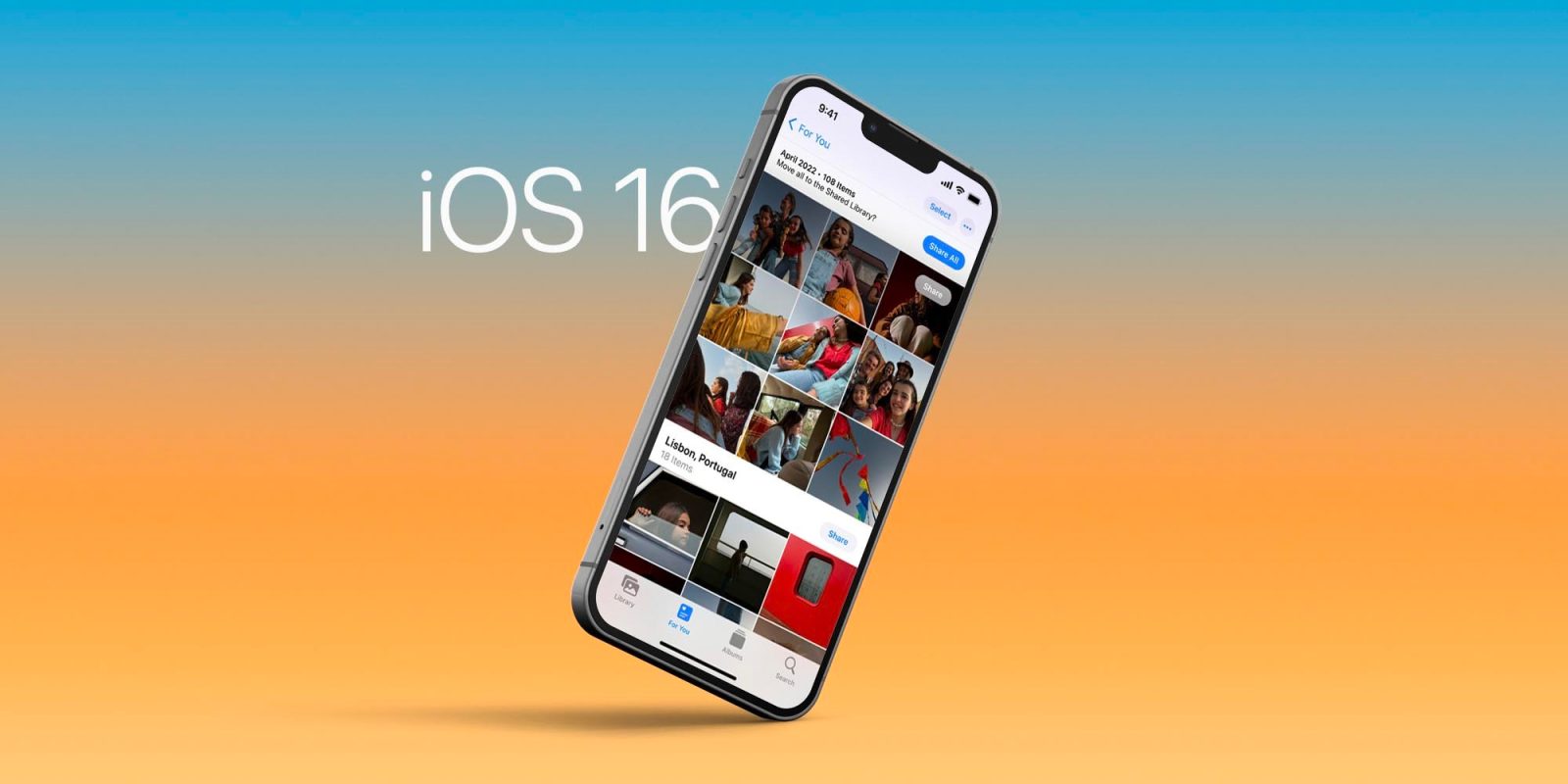
Apple engineers have finished working on the official iOS 16 release version. As reported by Bloomberg‘s Mark Gurman in his Power On newsletter, the upcoming operating system for iPhone is prepared for a public release as engineers finished development last week.
It’s not unusual for Apple to seed to developers and public beta testers versions of an operating system they worked on a few weeks ago. As we’re already on iOS 16 beta 6 and public beta 4, Apple is finishing its testing cycle just a few weeks before the rumored September 7 event – as also reported by Bloomberg.
Mark Gurman wrote in today’s newsletter:
The iOS 16.0 update, which Apple engineers finished work on this past week, is due to launch in September alongside watchOS 9. Those updates will correspond with the new hardware. The macOS Ventura and iPadOS upgrades, on the other hand, are now scheduled for October (after Stage Manager-related delays to the iPad software) to match the new hardware lineup.
With that in mind, after introducing the iPhone 14 series and new Apple Watch models, Apple will also announce when it will release iOS 16, watchOS 9, and tvOS 16 – the latter didn’t see major upgrades in this beta cycle.
What’s also interesting is that macOS Ventura and iPadOS 16 will see a release a month later, when Apple is expected to announce new Macs and iPads. This will be the perfect time for Apple, once again, to address the benefits of Stage Manager and other continuity features that will be available with these releases.
iOS 16 is bringing a new Lock Screen, a deeper Focus Mode integration, new functions to Messages and FaceTime, etc. But with Apple finishing the development of iOS 16, it means the company can already move on to iOS 16.1. For this other operating system, it’s likely that Apple is planning to launch Live Activities, a function that will make the Lock Screen even more useful.
Live Activities display and update an app’s most current data on the iPhone Lock Screen. This allows people to see live information they care about the most at a glance. To offer Live Activities, add code to your existing widget extension or create a new widget extension if your app doesn’t already include one. Live Activities use WidgetKit functionality and SwiftUI for their user interface on the Lock Screen. ActivityKit’s role is to handle the life cycle of each Live Activity: You use its API to request, update, and end a Live Activity.
Are you excited about iOS 16? You can learn more about the Apple September Event below:
FTC: We use income earning auto affiliate links. More.




Comments